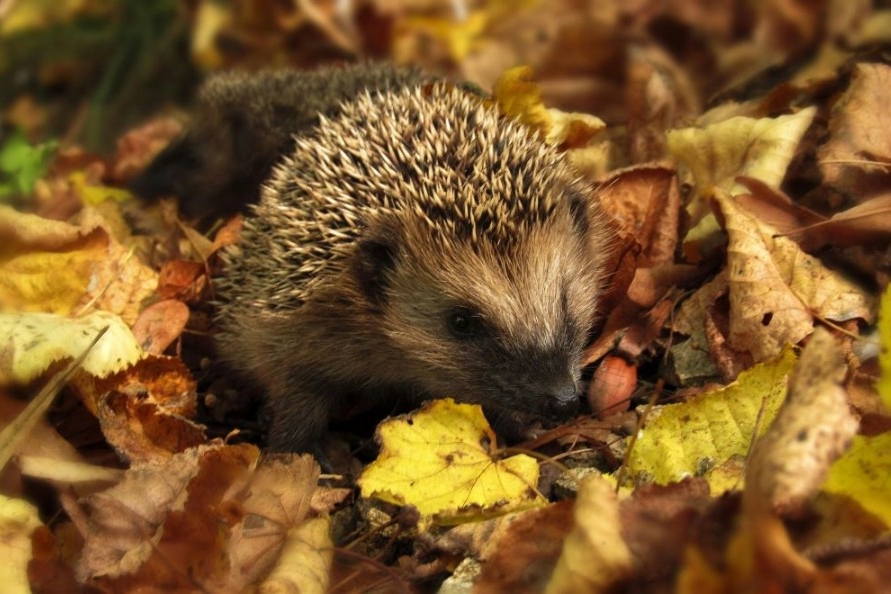
Make a Dead Hedge
News posted: 1 March 2023 Post by:
Time to read: ~ minutes, give or take.
March is always such an exciting time, as we begin to edge towards the spring. The clocks change at the end of the month, allowing an extra hour of gardening, and we can optimistically think about getting outside more.
But don’t be fooled! A false spring with a few warm days can easily allow us to get ahead of ourselves. Don’t rush, allow the soil to warm up, stagger sowings so you are not faced with trays of leggy seedings, and get the last of the winter chores completed.
One thing I have started making this winter is a dead hedge – if you haven’t come across this term before, you might be confused by the oxymoron! But a dead hedge is really another term for an ordered log pile that is used as an instant natural screen or barrier. What is so satisfying about them is that they are a quick and easy way to tidy and store woody prunings, as well as being an excellent way to attract wildlife, creating a safe habitat and food source for many insects, small mammals, and birds. Blackbirds, robins, wrens and dunnocks will find the tangled branches ideal to nest and forage amongst.
To make a dead hedge you will need two parallel rows (about 80cm apart) of either straight sturdy branches or garden stakes. These are hammered into the ground opposite each other, along the length of the fence at approximately 1.5 metre intervals. I have seen some wonderful examples based on curves and circles, so rather than a simple straight line, you can get really creative with the shape if you want to.
Following that, just use woody prunings packed horizontally between the uprights to build up the hedge. I started mine with some apple tree prunings, the wood from a dead hawthorn tree and pruned wisteria stems. The hedge can be built up over time, adding to it whenever you do some pruning or tidying around the garden. The decaying timber will rot down relatively quickly, and this has great value for beetles and woodlice and as the organic matter begins to break down the mycorrhizal fungi in the soil start to weave their magic and feed the earth.
While we’re on the subject of compost, dead hedges are a great way to screen compost heaps and perfect for tidying away woody material that is too big to add to the heap. They also save on multiple trips to the recycling centre or on having bonfires, which will no doubt please the neighbours as well as any resident wildlife - make sure there are gaps at the base of your dead hedge for hedgehogs to access!